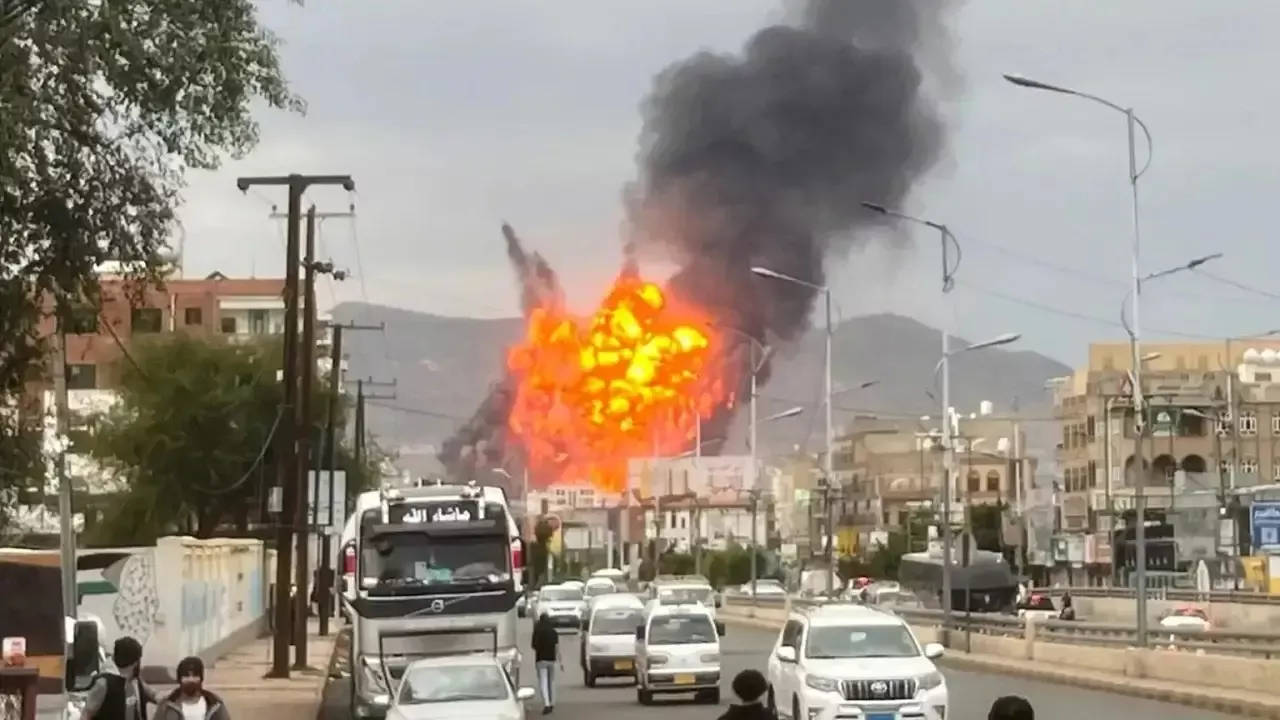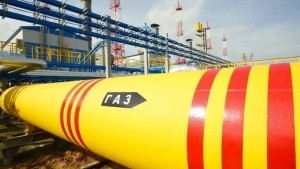
On September 10, the Israeli armed forces carried out airstrikes on the Yemeni capital Sana'a and the al-Jawf province located in the north of the country. This was reported by Zamin.uz.
The Israeli army stated that these attacks were mainly targeted at military camps, the Houthi propaganda headquarters, and fuel depots. However, the Houthis denied these claims, stating that the strikes targeted civilian infrastructure.
According to Reuters agency, these airstrikes represent a new phase in the series of counterattacks between Israel and the Houthis amid the ongoing conflict in Gaza. The Israeli side emphasized in its statement that these strikes were carried out in response to attacks launched by the Houthis.
They said that currently drones and ground-to-ground missiles were being directed towards Israeli territory. At the same time, Houthi representatives denied statements that Israeli military facilities were targeted.
According to them, the strikes were purely aimed at civilian facilities, including damage to two newspaper editorial offices. As a result of these attacks, journalists and ordinary citizens were killed, and many people were injured.
However, no exact information was provided about the number of casualties. Residents of Sana'a city reported that the attacks were directed at an area located between two mountains and used as a command center.
Witnesses noted that Israeli strikes also targeted the Houthi Ministry of Defense. According to the Yemeni Ministry of Health affiliated with the Houthis, 35 people were killed and 131 injured to varying degrees as a result of these attacks.
The Houthi forces, operating with Iran's support, have intensified attacks on commercial ships in the Red Sea and against Israeli territory in recent years. They explain this as a symbol of solidarity with Palestinians in Gaza.
Israel, in turn, has been regularly striking Houthi-controlled areas in Yemen, particularly the strategically important port of Hudaydah.







